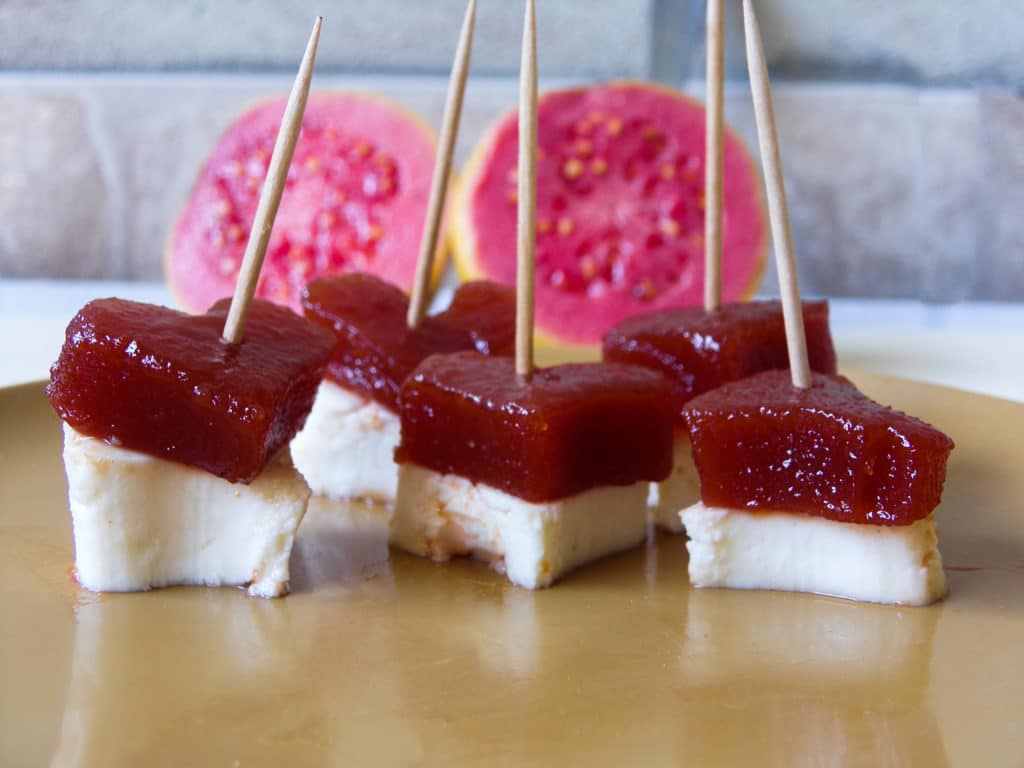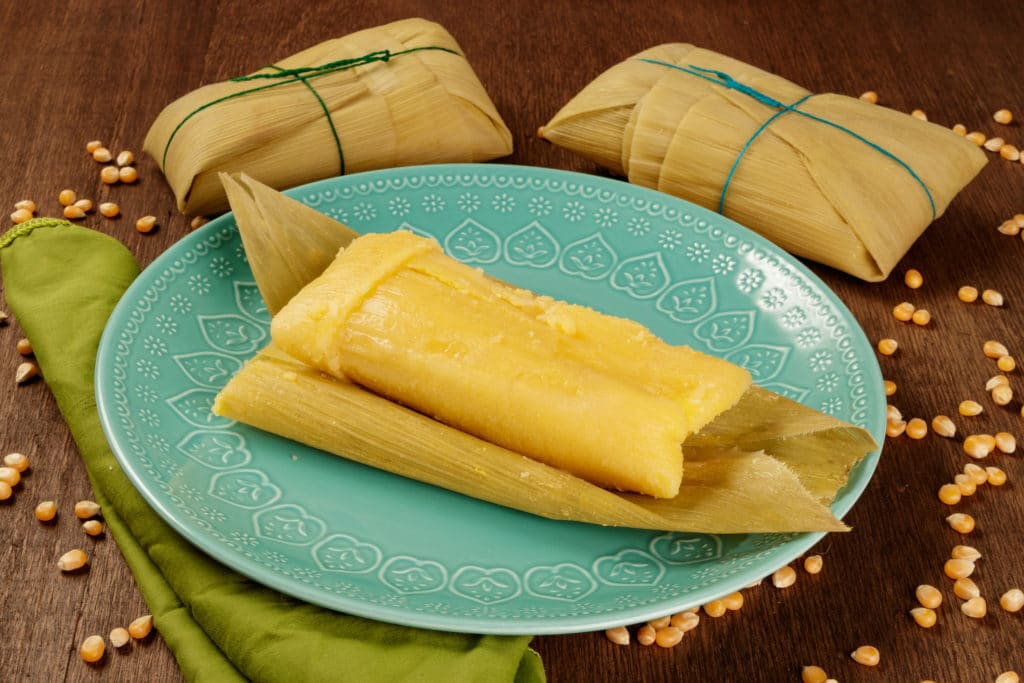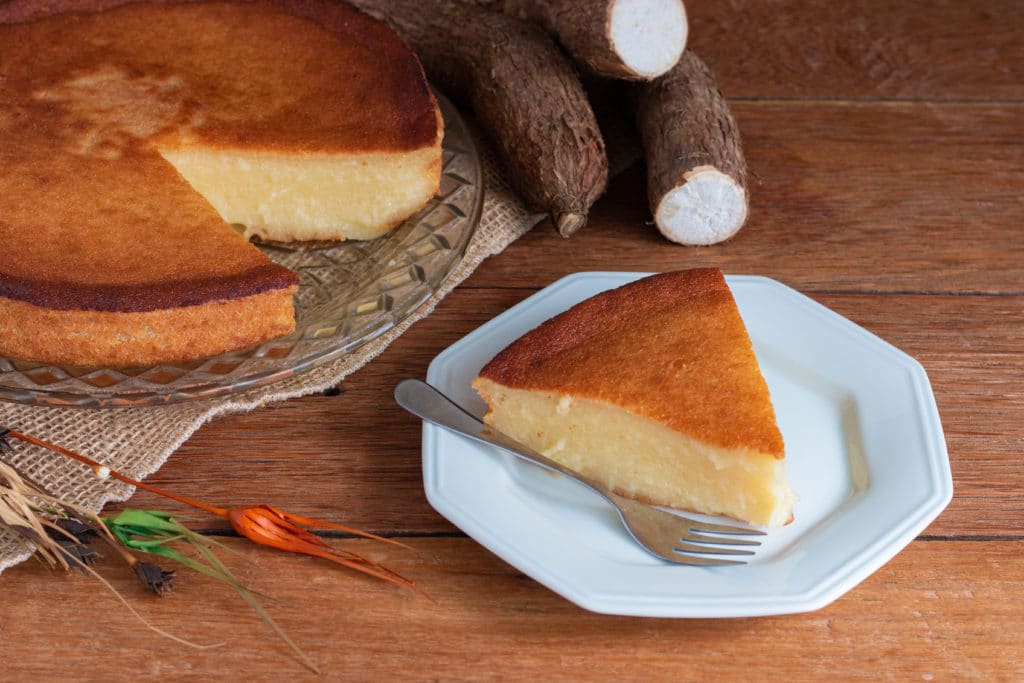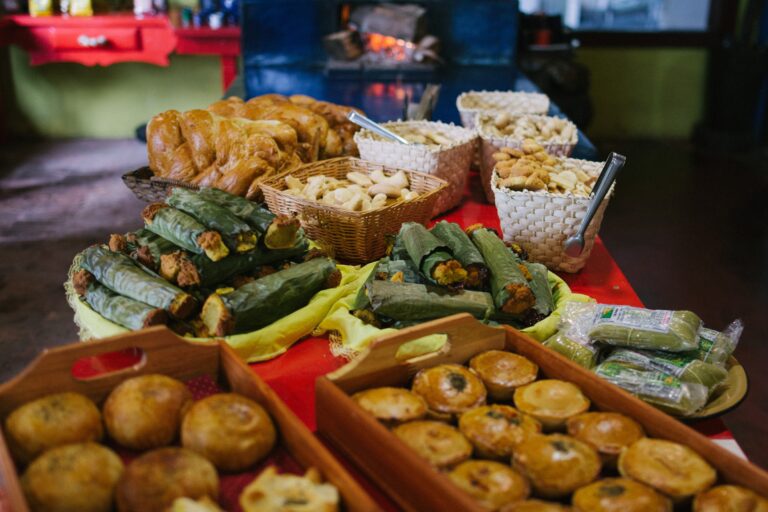Have you tried Brazilian snacks before? Whether you’re relaxing on Ipanema, beer in hand, or strolling the streets of São Paulo looking for a light bite, Brazil’s got you covered with a huge range of snacks.
If you’re visiting, it is certainly worth getting to know Brazil through its food. Or perhaps you’re moving to Brazil, or you’re a Brazilian who recently immigrated and is missing home?
Read on to learn about some of the most common savory snacks across Brazil.
1. Pão de Queijo

You can find pão de queijo everywhere in Brazil. Most people enjoy these tiny cheese bread balls at the local café alongside an espresso or “cafezinho.”
Made using tapioca flour, the dough balls are soft and squishy with a crusty exterior. Historically, pão de queijo is from Minas Gerais, but is now a nationally beloved snack.
2. Pastel
Pastéls are common street food in Brazil. Think fried pastry filled with savory fillings such as cheese, chicken, shrimp, or palm hearts.
Some say the pastel came to Brazil with Asian immigrants, who adapted the Chinese wonton recipe to create the snack. Nowadays, it’s enjoyed by all Brazilians—traditionally on Sundays at farmers markets with a glass of sugarcane juice or a cold beer. It won’t set you back many reales, either.
3. Romeu e Julieta

The star-crossed lovers Romeo and Juliet are a perfect pairing, and the same is said for this snack. Romeu e Juileta consists of slices of guava paste and a soft cheese from Minas Gerais called queijo minas.
Often served as an appetizer at parties, Romeu e Julieta is a very traditional Brazilian snack. It’s a great one to try on Valentine’s Day.
You May Also Like: Traditional Nigerian Dishes to Try
4. Coxinha

In Brazil, coxinha is another common street food. These crispy chicken croquettes are served everywhere, from bakeries to fancy restaurants, from bars to gas stations. The name coxinha translates to “little thigh” because the snack is shaped to resemble a drumstick or a little teardrop.
To make them, a dough created from chicken stock and potatoes is formed around shredded chicken and a soft cheese called requeijão and deep-fried.
Legend has it that the dish has royal origins—the story goes that one of Princess Isabel’s sons in the 19th century refused to eat anything other than chicken drumsticks until one day they ran out. The family’s chef then decided to shred meat from other parts of the chicken, form it into a drumstick shape, and fry it to fool the child. It was so good, Empress Teresa Cristina ordered the snack to be served in royal kitchens across Brazil.
5. Pamonha

Pamonhas are similar to Mexican tamales. To create pamonha, a paste is made from grated and juiced corn. The paste is then stuffed with a variety of flavors, wrapped in corn husks, and boiled.
Even though pamonhas can be sweetened by putting coconut milk in with the dough, they’re more commonly stuffed with cheese or meats. Pamonha is often eaten during parties in Festa Junina, which marks the end of the harvest season.
6. Tapioca
Naturally gluten-free, tapioca is an incredibly versatile snack, as it can be stuffed with any flavoring to create a pancake. You can often find tapioca at street food markets in Brazil, where the pancakes are cooked to order and filled with whatever you want, from cheese to meats to coconut and banana.
To make the mix for tapioca, tapioca starch is moistened with water and then passed through a sieve to create a fine powder. This powder goes straight onto a hot pan to form a pancake.
7. Bolo de aipim

Perfect with coffee for a mid-afternoon pick-me-up, bolo de aipim is a dense cake made with aipim, or “cassava,” and coconut. Bolo de aipim has a brownie-like consistency and is naturally gluten-free.
This sweet snack is often enjoyed at the festivals for Saint Anthony, Saint Pedro, and Saint John, when Brazilians like to eat a piece of bolo de aipim while sitting around a bonfire.
8. Pão de batata
Pão de batata, Brazilian potato bread, is a hugely popular snack often served with Catupiry cheese, a particular brand of requeijão. The bread is normally made as small round loaves and can be found in bakeries across Brazil.
9. Queijo de Minas Frescal
Queijo de Minas Frescal is an iconic Brazilian cheese. It is handmade using cow’s milk, giving it a soft and slightly salty flavor that makes it perfect for sandwiches, pancakes, and pastries.
The cheese can even be fried in butter or added to salads or vegetables while cooking.
10. Acarajé
Originally from Bahia in northeastern Brazil, Acarajé is a small dumpling made from black-eyed peas and fried in óleo de dendê, a Brazilian palm oil.
The dumpling is then cut in half and filled with pepper, dried shrimp, and vatapá, a traditional dough made from ground bread, coconut milk, peppers, and parsley.
Acarajé is often found in street food markets across Brazil, but especially in Rio de Janeiro and Bahia.
Brazilian Snacks
Brazilian cuisine is rich and varied, and it’s certainly worth trying these traditional Brazilian snacks. If you ever find yourself in a bar in Rio, order coxinha. If you’re lucky enough to be in Brazil during Festa Junina, try some pamonha.
If you’re interested in learning about other Brazilian dishes like granola-covered açaí bowls or the Portuguese-influenced Barreado, check out our article on traditional Brazilian cuisine.

